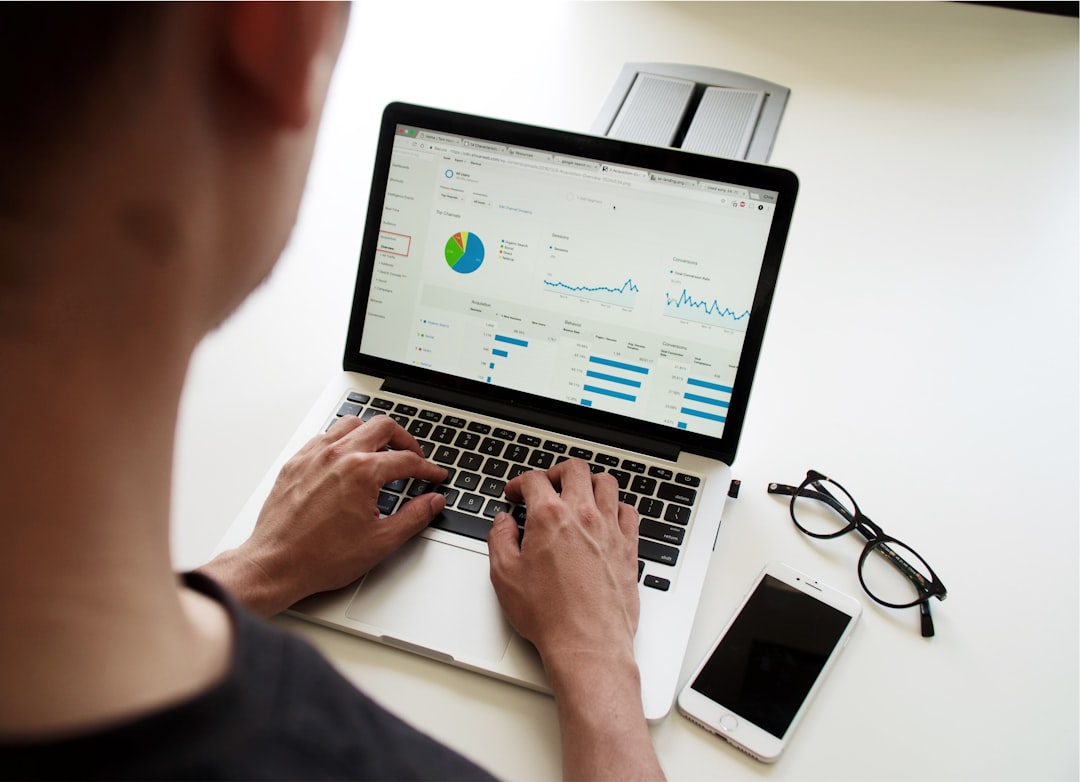In today’s competitive digital landscape, marketing success hinges on the ability to interpret and act upon data. As we move into 2025, data analytics has proven to be an essential tool for enhancing marketing strategies, helping businesses understand consumer behavior, refine campaign targeting, and ultimately boost return on investment (ROI).
Modern marketing isn’t just about creativity; it’s about smart decisions based on real-time metrics. Using data to drive decisions ensures campaigns are built on consumer insights rather than guesswork. Here’s how marketers can effectively leverage data analytics to elevate their campaigns in 2025.
Contents
1. Collect Comprehensive Data Across Multiple Channels
The first step in using data analytics is gathering data from a wide array of sources. This includes:
- Website traffic analytics via tools like Google Analytics 4 (GA4)
- Email campaign engagement data from marketing software (e.g., Mailchimp, HubSpot)
- Social media insights on platforms like Instagram, Facebook, LinkedIn, and TikTok
- Paid advertising metrics across Google Ads or programmatic platforms
Integrating this data gives marketers a 360-degree view of their audience. Ensuring datasets are unified helps in spotting trends, measuring campaign effectiveness, and identifying gaps in performance.

2. Leverage Predictive Analytics for Audience Targeting
In 2025, it’s no longer enough to understand what customers did in the past. Businesses must anticipate what they’ll do next. That’s where predictive analytics comes in.
Using historical data and AI-driven models, marketers can:
- Predict customer churn and proactively engage at-risk users
- Forecast which products a customer is likely to purchase
- Identify high-value leads likely to convert
Predictive insights empower marketers to create hyper-personalized campaigns tailored to specific segments, increasing both engagement and conversion rates.
3. Use Real-Time Analytics to Optimize Performance
Timing is everything in marketing. Real-time analytics helps teams monitor ongoing campaigns and make swift adjustments to improve results. For example, by tracking email open rates or ad click-through rates instantly, you can tweak subject lines or call-to-action buttons for a mid-campaign performance boost.
Benefits include:
- Reduced wasted ad spend
- Improved response rates
- Fast adaptation to changing market conditions
With AI-enhanced dashboards, real-time data has become more accessible and actionable than ever before.
4. Measure the Right KPIs and Continually Refine
Data analytics provides endless metrics, but focusing on the right KPIs ensures that insights translate into action. Depending on your campaign goals, prioritize metrics such as:
- Customer Acquisition Cost (CAC)
- Customer Lifetime Value (CLTV)
- Conversion Rates
- Engagement Rates
Regularly reviewing these metrics helps marketers understand what’s working, what’s not, and how to adapt strategically. A/B testing is another effective way to use data to refine messaging, visuals, and user experience based on actual performance numbers.

5. Embrace AI and Machine Learning Tools
Artificial Intelligence (AI) is reshaping how data is analyzed in marketing. AI can identify hidden patterns, streamline segmentation, and even generate content based on user preferences. Machine learning algorithms continuously improve marketing workflows and can automate A/B tests, dynamic content creation, and customer journey mapping.
Advanced tools such as Google’s BigQuery, Adobe Analytics, and even no-code platforms like Tableau or Looker are making it easier for marketers to gain insights without needing a background in data science.
Conclusion
Data analytics in 2025 is more powerful and accessible than ever before. By intelligently gathering, analyzing, and acting on data, marketers can craft high-performing campaigns that speak directly to their audiences. Incorporating predictive models, real-time analytics, and AI will not only enhance targeting and efficiency but position your brand ahead of the competition in an insights-driven marketplace.
FAQ: Using Data Analytics in Marketing
-
Q: What is the biggest advantage of using data analytics in marketing?
A: It allows marketers to make informed decisions, improve targeting accuracy, and enhance ROI by basing strategies on measurable insights. -
Q: Do I need a data science background to use data analytics tools?
A: Not necessarily. Many tools today offer user-friendly interfaces and visualizations that marketers can use without advanced technical skills. -
Q: How often should I analyze campaign data?
A: Ideally, monitor real-time metrics daily for active campaigns and conduct full performance reviews weekly or monthly. -
Q: How can small businesses benefit from marketing analytics?
A: They can maximize limited budgets by identifying the most effective channels, content, and messaging for better engagement and conversions.

